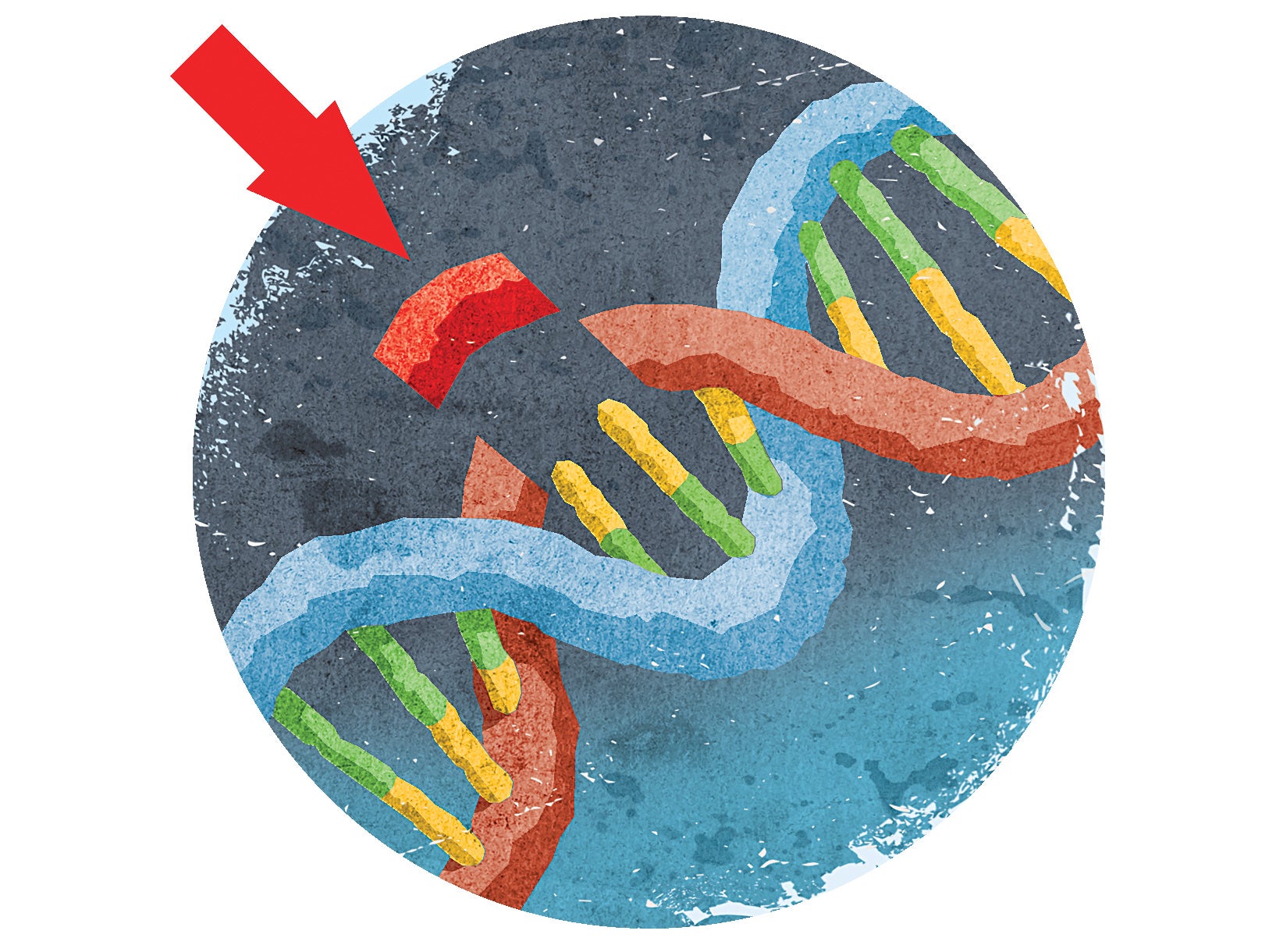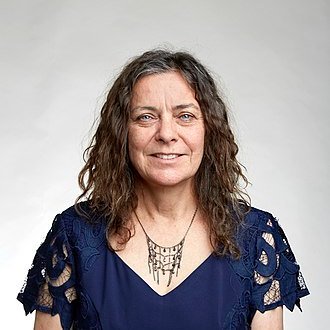
Doctors altered a person’s genes with CRISPR for the first time in the U.S. Here’s what could be next.
By Donavyn Coffey | Published Aug 08, 2019 10:47 PM
Last week, for the first time, doctors in the United States used the gene editing tool CRISPR to attempt to remedy a genetic disease in a living person. Victoria Gray, a 41-year-old woman from Mississippi was born with sickle cell disease, an often painful and debilitating condition caused by a genetic mutation that alters the shape of red blood cells. As of now, only one treatment for the condition exists—a donor transplant that works for just 10 percent of patients—but doctors think editing cells extracted from Gray’s own bone marrow could restore proper red blood cell formation. If successful, it could prove to be the treatment 90 percent of sickle cell patients have been waiting for.
People with sickle cell disease don’t make beta-hemoglobin—the protein that both makes your red blood cells nice and round and helps transport oxygen through your body. Instead, they produce a faulty protein called hemoglobin S that changes the red blood cells’ chemistry and causes them to cave in on themselves and become rigid and sickle-shaped. The hook-like cells are not nearly as efficient at transporting oxygen as their healthy, circular counterparts. Instead, they get stuck in small blood vessels and breakdown prematurely, depriving tissues and organs of much-needed oxygen, leading to pain and extreme fatigue. To try and treat it, doctors removed stem cells from Gray’s bone marrow and used CRISPR to tweak the DNA to turn on a specific protein that would allow for proper red blood cell production.
























